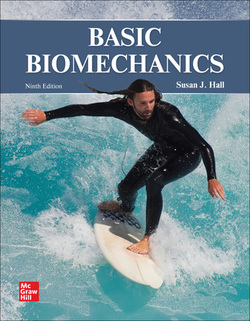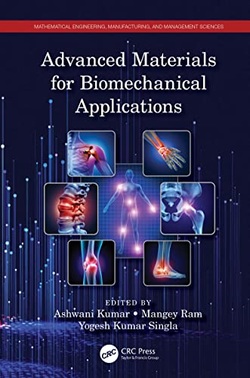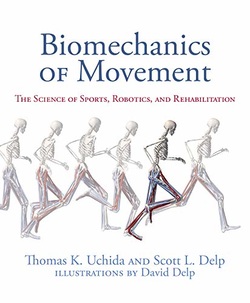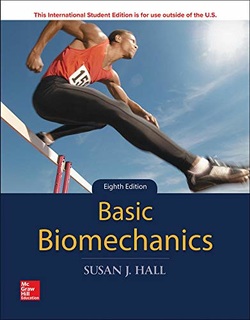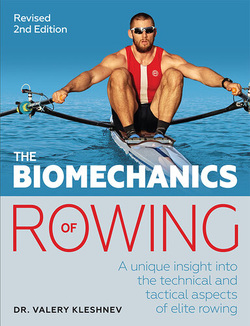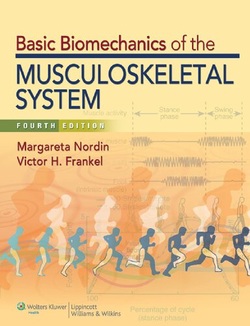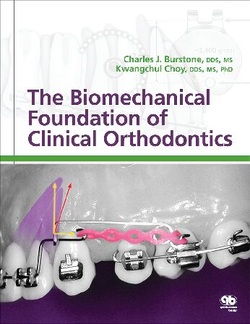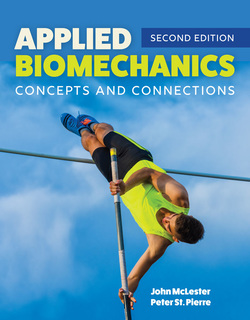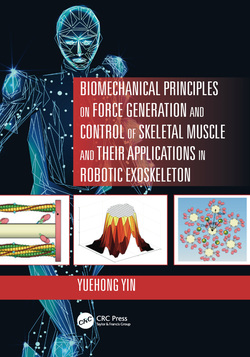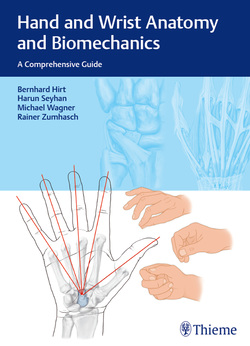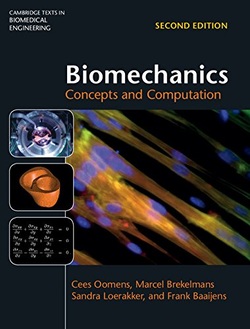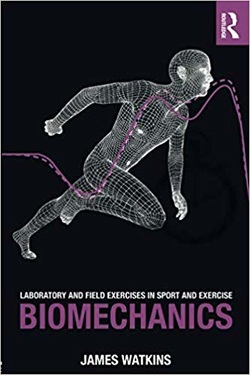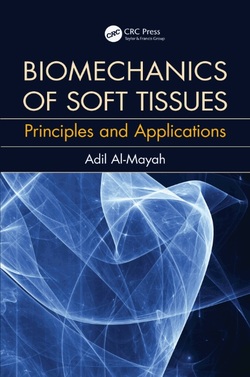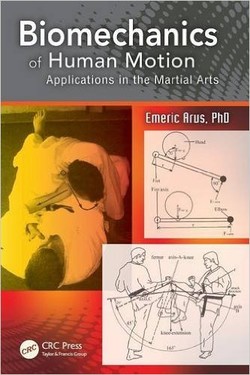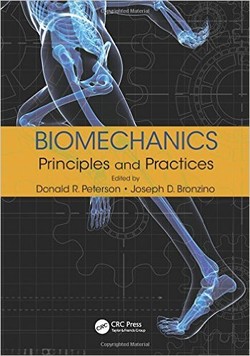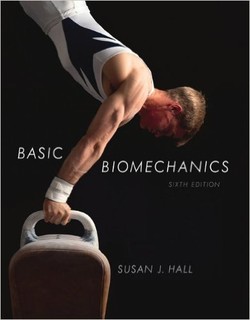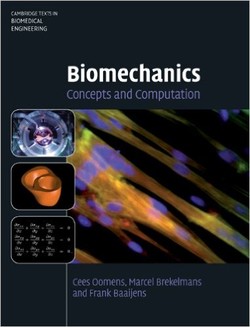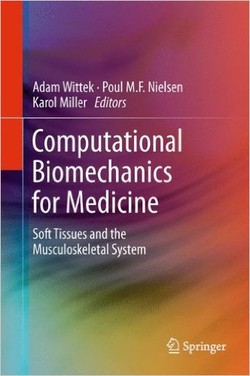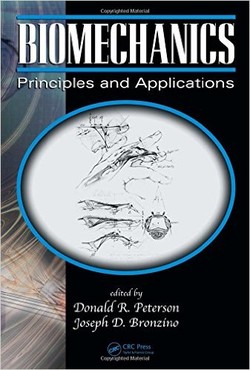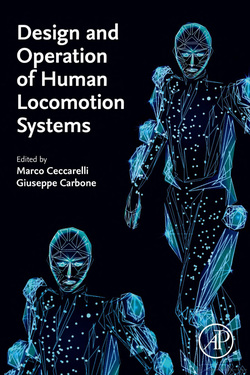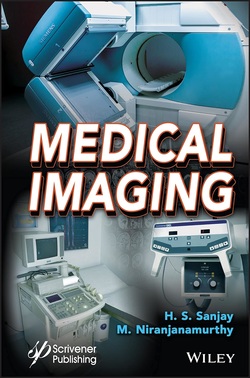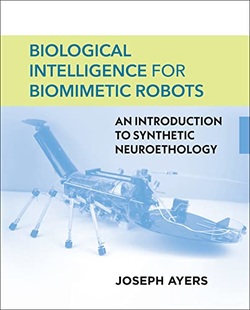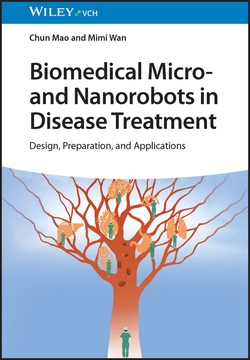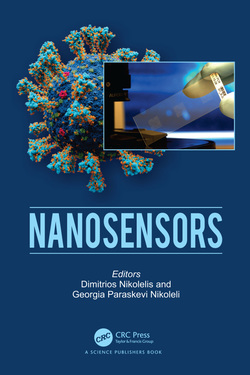بیومکانیک و کنترل حرکتی؛ تعریف مفاهیم اصلی

کتاب بیومکانیک و کنترل حرکتی، یک بروزرسانی کامل از رشتههای رو به رشد بیومکانیک حرکت بشر و کنترل حرکتی، بههمراه تحقیقات منتشرشده در حوزه بیولوژی، روانشناسی، فیزیک، پزشکی، فیزیوتراپی، رباتیک و مهندسی، که بهسرعت در حال تغییر و پیشروی هستند، ارائه میدهد.
این کتاب، معانی رایجترین اصطلاحات را روشن میسازد، و شامل چهار بخش است. بخش اول، مفاهیم بیومکانیکی ازجمله گشتاور مفاصل، سختی و اندازهگیری آن، ویسکوزیته، میرایی و امپدانس و کار و انرژی مکانیکی را پوشش میدهد. سایر بخشها با مفاهیم فیزیولوژی عصبی که در حوزه کنترل موتور مورد استفاده قرار میگیرند، مانند تون عضلانی، رفلکس، واکنشهای از پیش برنامهریزیشده، کپی وابران و مولد مرکز الگو و مفاهیم کنترل مرکزی موتور، شامل افزونگی و فراوانی، همافزایی، فرضیه تعادل نقطه، برنامه حرکتی و حالت بدن و گرفتن یا قبضکردن، از حوزه رفتار حرکتی، سروکار دارند.
این کتاب، معانی رایجترین اصطلاحات را روشن میسازد، و شامل چهار بخش است. بخش اول، مفاهیم بیومکانیکی ازجمله گشتاور مفاصل، سختی و اندازهگیری آن، ویسکوزیته، میرایی و امپدانس و کار و انرژی مکانیکی را پوشش میدهد. سایر بخشها با مفاهیم فیزیولوژی عصبی که در حوزه کنترل موتور مورد استفاده قرار میگیرند، مانند تون عضلانی، رفلکس، واکنشهای از پیش برنامهریزیشده، کپی وابران و مولد مرکز الگو و مفاهیم کنترل مرکزی موتور، شامل افزونگی و فراوانی، همافزایی، فرضیه تعادل نقطه، برنامه حرکتی و حالت بدن و گرفتن یا قبضکردن، از حوزه رفتار حرکتی، سروکار دارند.
سال انتشار: 2015 | 426 صفحه | حجم فایل: 21 مگابایت | زبان: انگلیسی
Biomechanics and Motor Control: Defining Central Concepts
نویسنده
Mark L. Latash
ناشر
Academic Press
ISBN10:
0128003847
ISBN13:
9780128003848
قیمت: 16000 تومان
برچسبها: بیومکانیک
Biomechanics and Motor Control: Defining Central Concepts provides a thorough update to the rapidly evolving fields of biomechanics of human motion and motor control with research published in biology, psychology, physics, medicine, physical therapy, robotics, and engineering consistently breaking new ground.
This book clarifies the meaning of the most frequently used terms, and consists of four parts, with part one covering biomechanical concepts, including joint torques, stiffness and stiffness-like measures, viscosity, damping and impedance, and mechanical work and energy. Other sections deal with neurophysiological concepts used in motor control, such as muscle tone, reflex, pre-programmed reactions, efferent copy, and central pattern generator, and central motor control concepts, including redundancy and abundance, synergy, equilibrium-point hypothesis, and motor program, and posture and prehension from the field of motor behavior.
The book is organized to cover smaller concepts within the context of larger concepts. For example, internal models are covered in the chapter on motor programs. Major concepts are not only defined, but given context as to how research came to use the term in this manner.
Presents a unified approach to an interdisciplinary, fragmented area
Defines key terms for understanding
Identifies key theories, concepts, and applications across theoretical perspectives
Provides historical context for definitions and theory evolution
